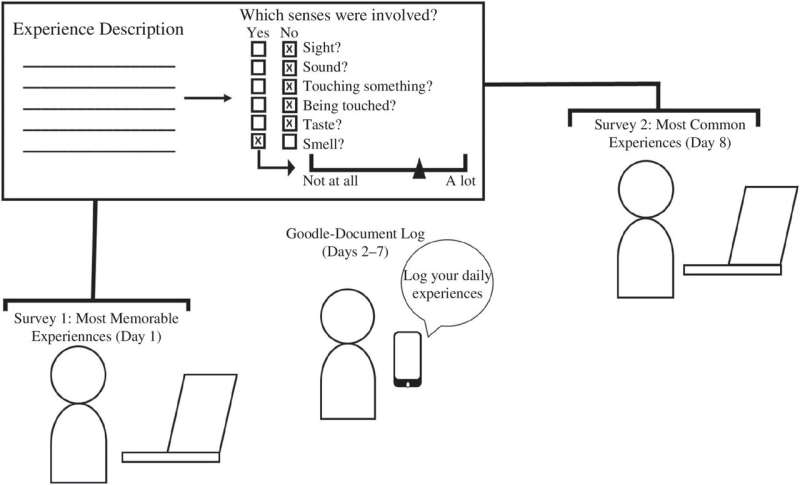March 21, 2024 report
This article has been reviewed according to Science X's editorial process and policies. Editors have highlighted the following attributes while ensuring the content's credibility:
fact-checked
peer-reviewed publication
trusted source
proofread
Feelings of disgust found to be more related to proximal senses than distal senses

A team of psychologists at Macquarie University in Australia, has found, via survey responses that feelings of disgust tend to be related more to proximal senses than distal senses. In their study, published in the journal Royal Society Open Science, the group conducted two separate surveys with university students designed to measure different types of disgust.
Disgust is defined as strong feelings of repulsion or disapproval, generally caused by something found offensive or unpleasant. Prior research has shown that when people experience feelings of disgust, they tend to reflect that disgust with common gestures, such as furrowing the brow, wrinkling the nose and possibly backing away.
In this new study, the research team wanted to learn more about the nature of disgust—which things people find most disgusting. The aim was not to compile a list of disgusting things, but to categorize disgusting things to learn more about the nature of disgust and what it means for people in general. To that end, they sent two surveys to university students one week apart.
The first survey, which was completed and returned by 127 students, was focused mostly on asking the students about the most disgusting or repulsive thing they had ever experienced. The second survey, which was sent to the 127 students who had filled out the first survey, was returned by 89 students. Its focus was on disgusting things they had observed over the week since they had filled out the first survey.
The research team found a pattern: Most of the disgusting things respondents reported were related to the proximal senses (taste, smell and touch) rather than the distal senses (vision and hearing). They also noted that such responses were most often related to things associated with the immune system, such as seeing fluid run from the nose of another student or phlegm fly from the mouth of someone coughing. Such responses, they further suggest, have likely been part of our evolutionary process as a response to illness—responses of disgust divert people and prevent infections.
More information: Elliott Lamond et al, Differential involvement of the senses in disgust memories, Royal Society Open Science (2024). DOI: 10.1098/rsos.231156
© 2024 Science X Network


















